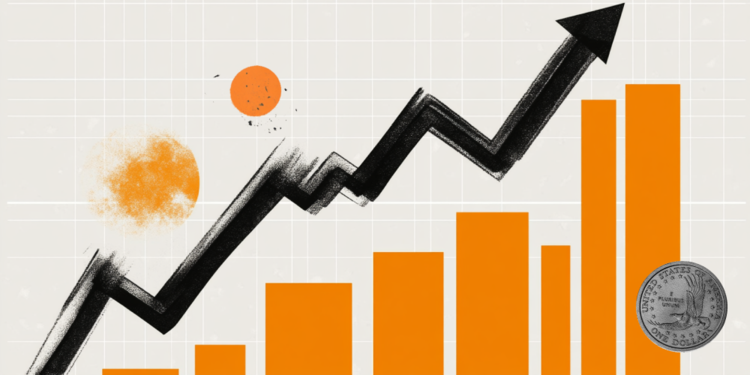-
Opps!
This language contents are not available!

US Dollar gives up ground as markets asses inflation data
- Lingering economic uncertainties drive traders to revisit growth forecasts, spurring cautious positioning across major currency pairs.
- Softer-than-forecast inflation prints spark questions over the Federal Reserve’s next move, compelling markets to reassess rate expectations.
- Benchmark Treasury yields tumble from recent peaks, highlighting market jitters following the latest inflation figures.
The US Dollar (DXY) turns this week into a firm loss, eking out more weakness on Wednesday. The US December CPI release arrived a bit softer than predicted, fueling speculation about the Fed’s path ahead. The US Dollar Index, which measures the value of the USD against a basket of currencies, snaps below 109.00 and could accelerate its downside from here.
Daily digest market movers: US Dollar remains soft after CPI data
- Headline CPI for December climbed by 2.9% YoY, undershooting some market whispers of a stronger result.
- Core CPI rose by 3.2% over the same period, stepping down from November’s pace as monthly core inflation printed at 0.2%.
- The CME FedWatch Tool implies that investors have priced in a hold this month, consistent with a data-dependent stance.
- Yields crumble: The 10-year note slips to around 4.65% from Monday’s 14-month high, reflecting diminished inflation expectations and lighter risk premium.
- Regional surveys point to mixed economic activity with some districts reporting subdued expansion while others see a mild pullback.
- Tariff talk remains a wildcard as some districts worry new policy changes might introduce an upside inflation risk, complicating the Fed’s job.
DXY technical outlook: Mild setback near multi-year highs
The US Dollar Index slid below the 109.00 threshold as traders locked in gains following softer inflation readings. Despite the pullback, the broader uptrend remains intact near multi-year peaks with the 20-day Simple Moving Average repelling sellers.
Interest rates FAQs
Interest rates are charged by financial institutions on loans to borrowers and are paid as interest to savers and depositors. They are influenced by base lending rates, which are set by central banks in response to changes in the economy. Central banks normally have a mandate to ensure price stability, which in most cases means targeting a core inflation rate of around 2%. If inflation falls below target the central bank may cut base lending rates, with a view to stimulating lending and boosting the economy. If inflation rises substantially above 2% it normally results in the central bank raising base lending rates in an attempt to lower inflation.
Higher interest rates generally help strengthen a country’s currency as they make it a more attractive place for global investors to park their money.
Higher interest rates overall weigh on the price of Gold because they increase the opportunity cost of holding Gold instead of investing in an interest-bearing asset or placing cash in the bank. If interest rates are high that usually pushes up the price of the US Dollar (USD), and since Gold is priced in Dollars, this has the effect of lowering the price of Gold.
The Fed funds rate is the overnight rate at which US banks lend to each other. It is the oft-quoted headline rate set by the Federal Reserve at its FOMC meetings. It is set as a range, for example 4.75%-5.00%, though the upper limit (in that case 5.00%) is the quoted figure. Market expectations for future Fed funds rate are tracked by the CME FedWatch tool, which shapes how many financial markets behave in anticipation of future Federal Reserve monetary policy decisions.
Forex News
Keep up with the financial markets, know what's happening and what is affecting the markets with our latest market updates. Analyze market movers, trends and build your trading strategies accordingly.




















